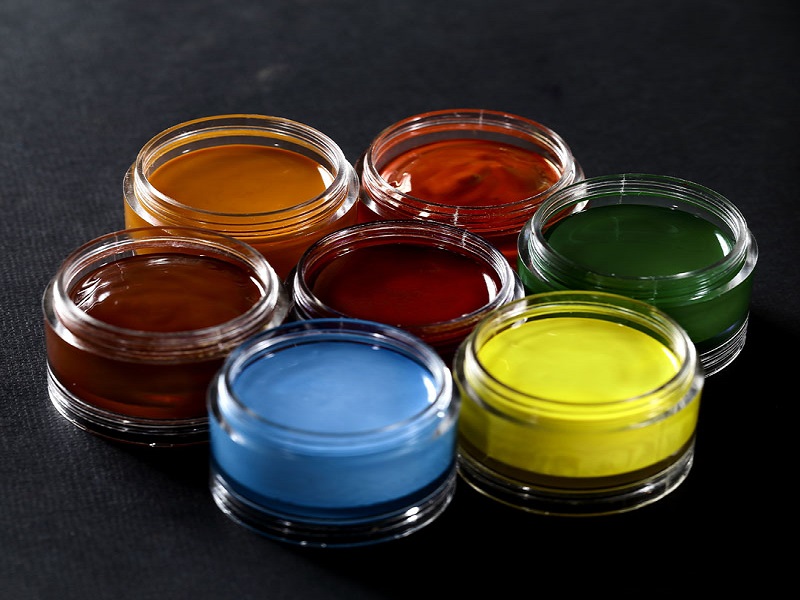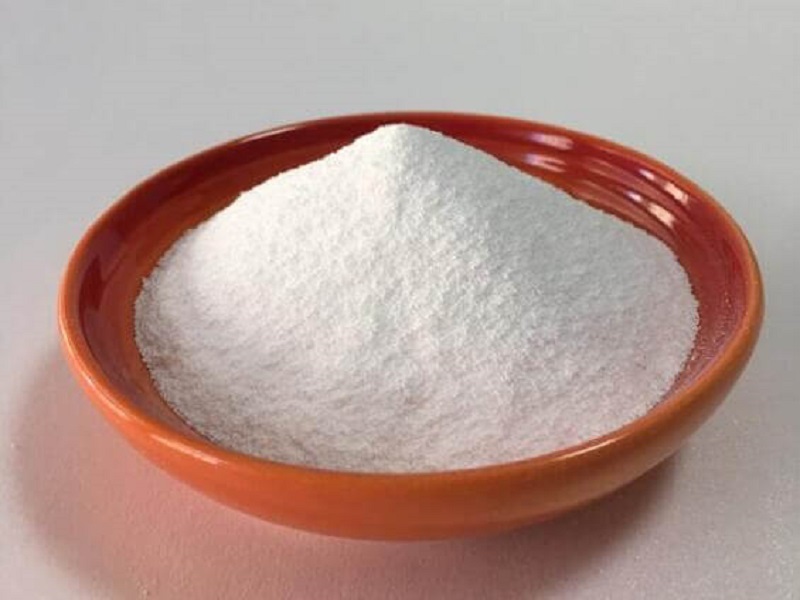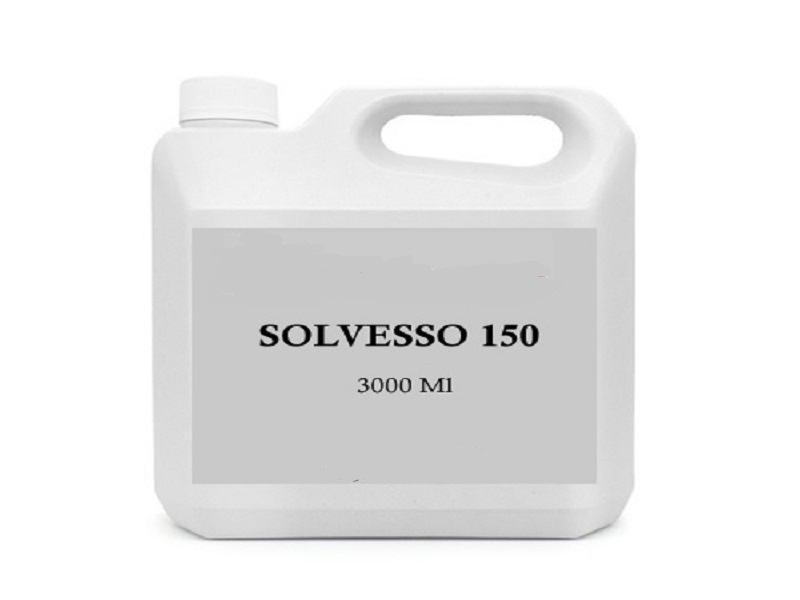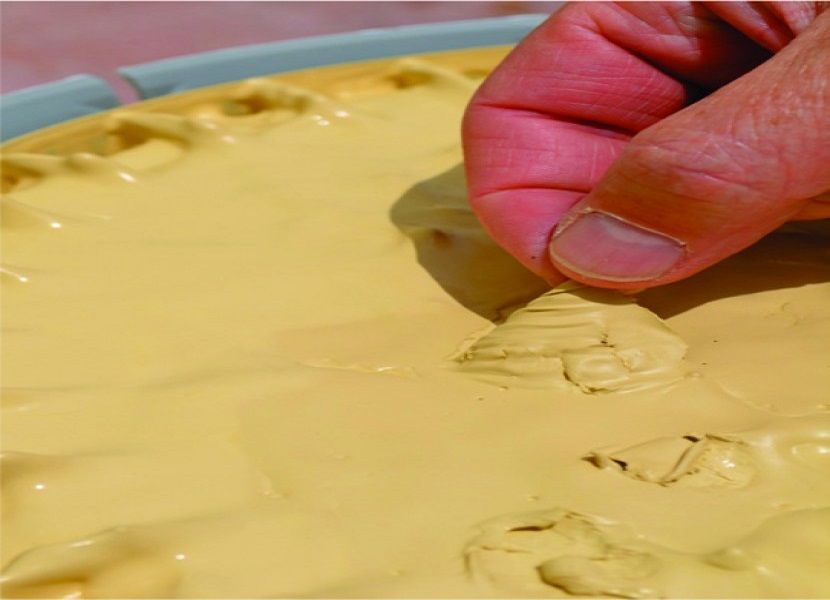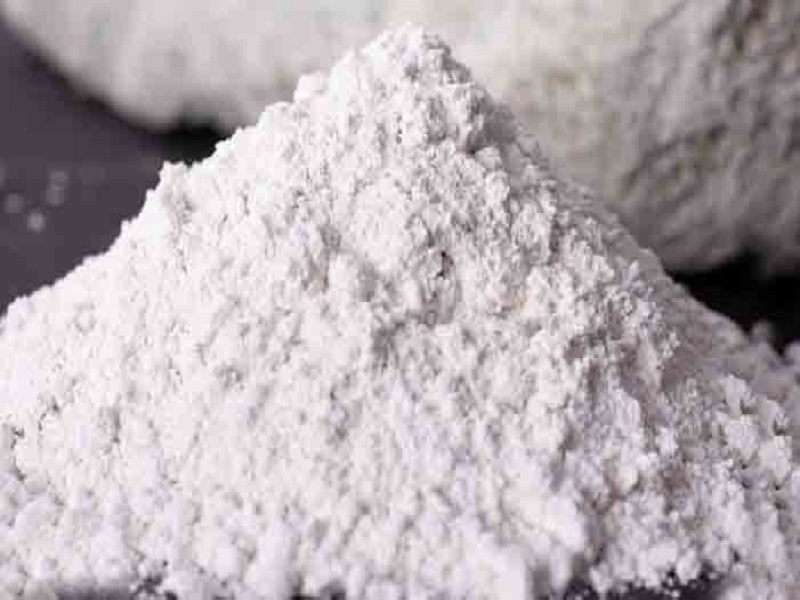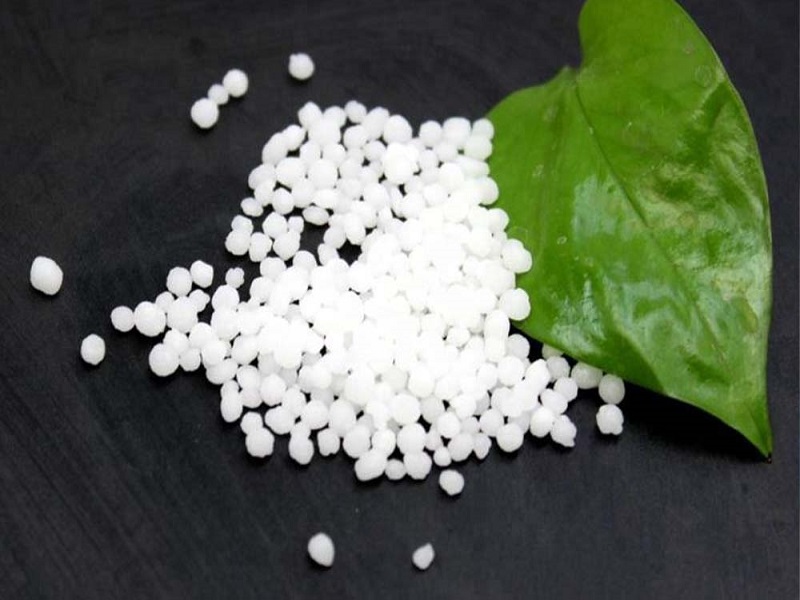Product quality guarantee
Guarantee the authenticity of the goods
Send nationwide
Possibility of payment on the spot
Responsive support
Introduction and general information pigment paste
Pigments (pigment powder and pigment paste)
Pigment, often exists in two types of powder and pigment paste, and among its different types, we can mention inorganic (carbon-free) and organic (carbon-containing) pigments, which have many differences.
It should be mentioned that mineral pigments are obtained from materials in the earth’s crust during the drying process of metals and metal salts, which are more opaque than organic materials. Organic pigments contain carbon, which is a derivative of petrochemicals and coal, and even some of them are combined with natural vegetable pigments.
Pigments have a crystal structure that shows high resistance to heat and acid and alkaline reactions. The various colors of this product, its high spreading power, and its resistance to any kind of weather and environmental conditions have made it widely used.
From the characteristics of pigments, it should be mentioned their solvent level, which cannot be dissolved in water and oil; Also, it is not used to paint objects alone, as each pigment must be dissolved in its own solvent and then find the ability to paint surfaces.
The main and most common application of pigments is in the production of plastic and cellulose oil paints, lacquer, production of printing ink.
Pigments are powder-like in their initial state, and when they are combined with solvents, a colored paste or pigment paste is obtained. Pigment pastes are non-transparent and are used together with dryers.
In pigment pastes, the main colors include white, black, blue, red and yellow. Paste colors are widely used in the production of resin products; Also, pigment pastes can be used in construction, which are used for epoxy resin or covering the roof and floor of the building.
The paste of pigments is used as a cover of the previous colors, which covers the defects and improves the appearance of the painted environment; On the other hand, it helps in better adhesion of the paint layer and makes it more resistant to weathering.
When the pigments are combined with other paints and resins, different colors can be made with them, because the pigment paste has the ability to combine with any color, leaving the consumer’s hands free to choose the type of color.
In addition to coloring, pigments have a special place in the textile industry because they are only combined with materials called binders, and finally the color that is placed on the fabric will be completely fixed, uniform and beautiful; Also, the fabric becomes more resistant to chemical detergents.
Manufacturers of pigments in the global market
Currently, different parts of Asia and the Pacific occupy a third of the global pigment market, then the countries of the Middle East, America, and Africa were also able to have a share in the production of this pigment.
Due to having numerous mineral resources, our country (iran) has been able to be recognized as the largest supplier of pigments in the Middle East, and the right price and good quality are two important factors that increase the demand for buying and selling Iranian pigments.

